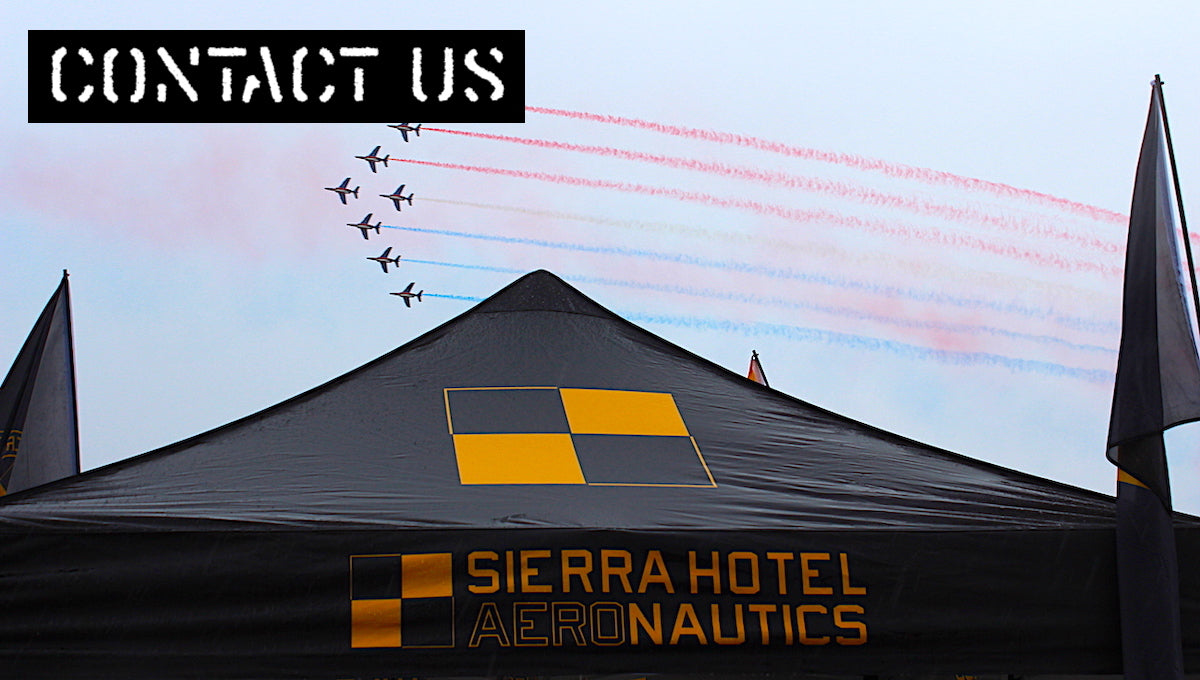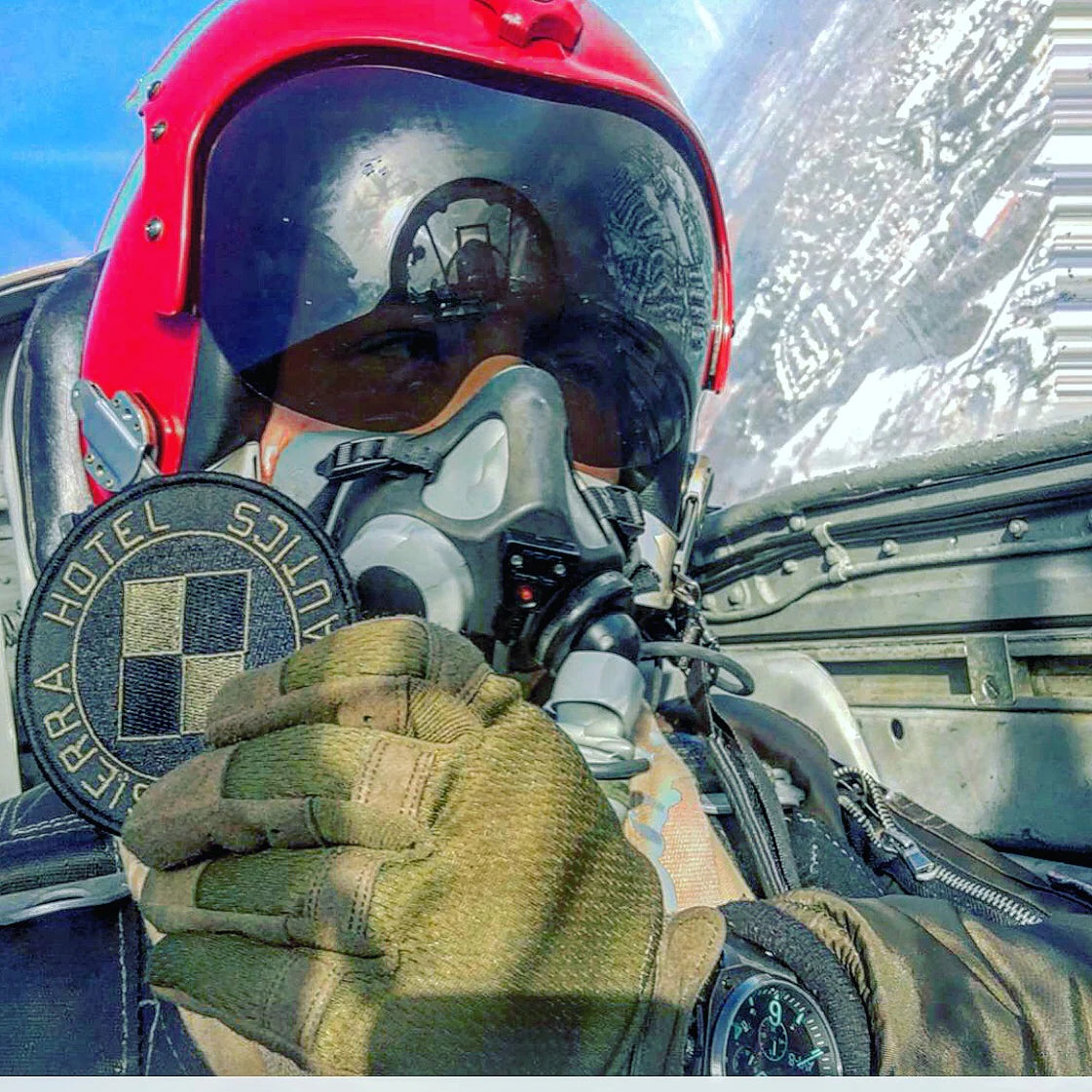The Flying Fortress

.
In 1934, the U.S. Army Air Corps (USAAC) tendered a proposal for a multi-engine bomber to replace the Martin B-10. The Air Corps provided a wish list for a bomber capable of a "useful bomb load" at an altitude of 10,000 feet for 10 hours with a top speed of at least 200 miles per hour.
July 29th, 1935, Boeing Model 299 took to the skies for the first time with chief test-pilot Leslie Tower at the controls. Richard Williams, a reporter for the Seattle Times, coined the name "Flying Fortress" upon his witnessing the initial Bomber roll out bristling with multiple machine gun installations.
The name "Flying Fortress" stuck.
Sadly, Model 299, was lost on the 30th of October 1935, when Army Air Corps test-pilot Major Ployer Peter Hill and Boeing employee Les Tower departed on a second evaluation flight. Unfortunately, the crew forgot to disengage the "gust locks", and immediately after take-off, the aircraft entered a steep climb, stalled, nosed over, and crashed, killing Hill and Tower.
Despite the loss of Model 299, the USAAC had been impressed by the prototype's performance. The Boeing YB-17 of the U.S. Army Air Corps completed its maiden flight on December 2nd, 1936; and on 17 January 1936, the air corps placed an initial order for 13 YB-17s for the purpose of operational testing, and eventually into production, with her new designation, and name, the B-17 Flying Fortress.
The 17 became well known as a long-range bomber that was able to defend itself with five .30-caliber air-cooled machine guns, and her most honourable reputation of bringing her crews home despite extensive battle damage. Her reputation quickly took on mythic proportions, with widely circulated stories and photos being sent back home of B-17s surviving with normally unsurvivable battle damage had only served to increase the 17's iconic status.

By the end of World War II, 12,731 B-17s were built; each with an operational ceiling greater than any of its Allied contemporaries, the B-17 established itself as an effective weapons system, dropping more bombs than any other U.S. aircraft in World War II. The B-17 personally delivered over 640,000 tons of bombs over Germany during her service in the European Theatre.
The B-17 changed history through its effectiveness as a weapon against the Axis powers as well as its exemplary service in saving her crews.
Here is a short list of some well-known crew names that the B-17 also brought home...
Clark Gable - Academy Award-winning film actor, five missions as waist gunner aboard the B-17 with Eight Ball of the 359th Bomb Squadron - 351st Bomb Group.
The B-17 changed history through its effectiveness as a weapon against the Axis powers as well as its exemplary service in saving her crews.
Here is a short list of some well-known crew names that the B-17 also brought home...
Clark Gable - Academy Award-winning film actor, five missions as waist gunner aboard the B-17 with Eight Ball of the 359th Bomb Squadron - 351st Bomb Group.

Norman Lear - Radio operator, with the 463rd Bombardment Group, 15th Air Force. Went on to become a television producer of American sitcoms such as Sanford and Son, Maude and All in the Family, The Jeffersons, One Day at a Time, and many more...

Gene Roddenberry - Flew B-17s for the 394th Bomb Squadron, 5th Bomb Group (H), in the Pacific theatre. Gene later went on to become the Creator of Star Trek.

Jimmy Stewart - Academy Award-winning film actor, instructed in B-17s, then flew over 20 combat missions in B-24s with the 8th Air Force, England; retired from Air Force Reserve as a Brigadier General.

And of course "Skippy"...
.

.
Capt Kenneth Spinning of the US 15th Air Force adopted a small pup in Northern Africa. "Skippy" as he came to be known, followed his master everywhere. He was even fitted with a small O2 mask and completed 7 bombing missions with his fellow crew members.
One morning, Capt Spinning departed on a mission without Skippy. As usual, on missions he was left behind, Skippy would sit on the flight line, waiting for his master's B-17 to return. On this particular raid, Capt. Ken Spinning's aircraft was lost, never to return, and from that day forth, every day, as the pilots filed into briefing, Skippy would sniff each and every boot searching for his master...... At the end of WWII, Capt Spinning's Co-pilot, Emerick choose to make sure Skippy was not left behind and brought Skippy back to the Mainland with the rest of the crew.
On his return home, Capt Emerick proudly presented Skippy to Mrs. Spinning to live the rest of his days in the home he surely belonged.
One morning, Capt Spinning departed on a mission without Skippy. As usual, on missions he was left behind, Skippy would sit on the flight line, waiting for his master's B-17 to return. On this particular raid, Capt. Ken Spinning's aircraft was lost, never to return, and from that day forth, every day, as the pilots filed into briefing, Skippy would sniff each and every boot searching for his master...... At the end of WWII, Capt Spinning's Co-pilot, Emerick choose to make sure Skippy was not left behind and brought Skippy back to the Mainland with the rest of the crew.
On his return home, Capt Emerick proudly presented Skippy to Mrs. Spinning to live the rest of his days in the home he surely belonged.
.

"If you listened carefully, very carefully, through the roar of the engines and the creaking of the airplane and the cry of the wind . . . you could hear the whisper of all those who had come and gone. In the deep, shadowy gloom of the fuselage, with the airplane swaying and rocking gently in the wind, you might almost see the forms of the men. Then drifting timelessly from wherever it is that the great battles of the air are remembered, the ghosts would come alive.
In the half-light and gloom the turrets would see to move and men to bend to their guns. When sunlight speared the gloom and illuminated the dust motes, you could, by squinting carefully, see behind the dust the floating wisps of smoke from the guns and see the flash of the empty shell casings as they whirled to the floor of the airplane.
If you believed, and you tried, really tried . . . well, it all depends upon what the Fortress means to you."
Martin Caiden - Flying Forts












Leave a comment